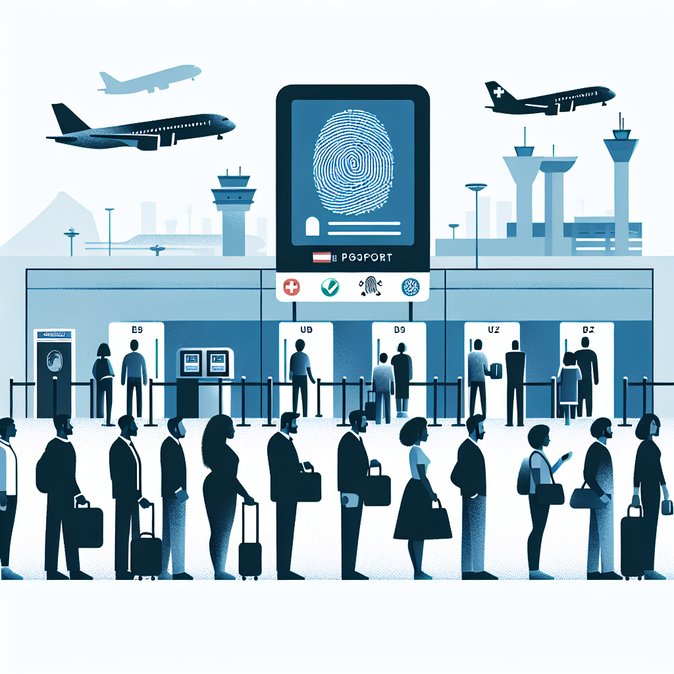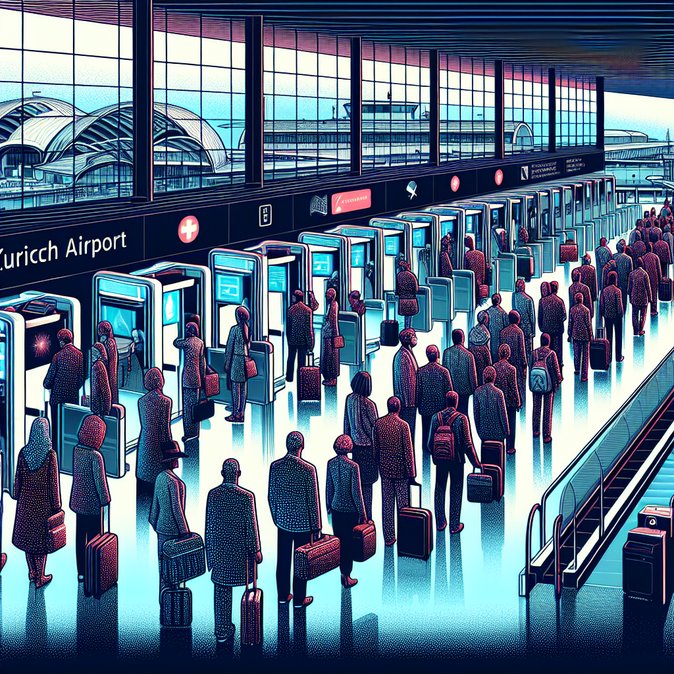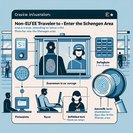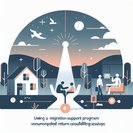
Zurich Airport confirmed on 21 November 2025 that its 52 Secunet self-service kiosks and automated e-gates are now fully operational for the EU’s Entry/Exit System (EES), making it the last of Switzerland’s three international hubs to go live after Basel and Geneva.
Under EES, third-country nationals must enrol four fingerprints and a live facial image the first time they cross a Schengen external border. Subsequent trips require only a passport scan and facial match, with the central database automatically counting days in and out of the zone and eliminating passport stamps.
![Zurich Airport Completes Roll-Out of EU Entry/Exit System for All Non-EU Travellers]()
During the soft-launch week, average processing time for first-time users was 7-10 minutes, but peak-arrival queues stretched to 40 minutes on 20 November. Airlines are now advising non-EU passengers with tight connections to allow at least 90 minutes between flights until familiarisation improves. Swiss, EU and EFTA citizens remain exempt from fingerprinting but can use the e-gates for facial verification.
For corporate mobility managers the new system offers clearer compliance monitoring: HR teams can check an employee’s remaining Schengen days online before approving a last-minute trip, reducing the risk of inadvertent overstays that jeopardise future visa applications. The airport authority says data-sharing with the Swiss Border Guard Corps is fully encrypted and compliant with the Federal Act on Data Protection.
Looking ahead, Zurich plans a dedicated EES service desk for large tour groups and will integrate ETIAS validation into the same kiosks when the travel authorisation launches in mid-2026.
Under EES, third-country nationals must enrol four fingerprints and a live facial image the first time they cross a Schengen external border. Subsequent trips require only a passport scan and facial match, with the central database automatically counting days in and out of the zone and eliminating passport stamps.

During the soft-launch week, average processing time for first-time users was 7-10 minutes, but peak-arrival queues stretched to 40 minutes on 20 November. Airlines are now advising non-EU passengers with tight connections to allow at least 90 minutes between flights until familiarisation improves. Swiss, EU and EFTA citizens remain exempt from fingerprinting but can use the e-gates for facial verification.
For corporate mobility managers the new system offers clearer compliance monitoring: HR teams can check an employee’s remaining Schengen days online before approving a last-minute trip, reducing the risk of inadvertent overstays that jeopardise future visa applications. The airport authority says data-sharing with the Swiss Border Guard Corps is fully encrypted and compliant with the Federal Act on Data Protection.
Looking ahead, Zurich plans a dedicated EES service desk for large tour groups and will integrate ETIAS validation into the same kiosks when the travel authorisation launches in mid-2026.








